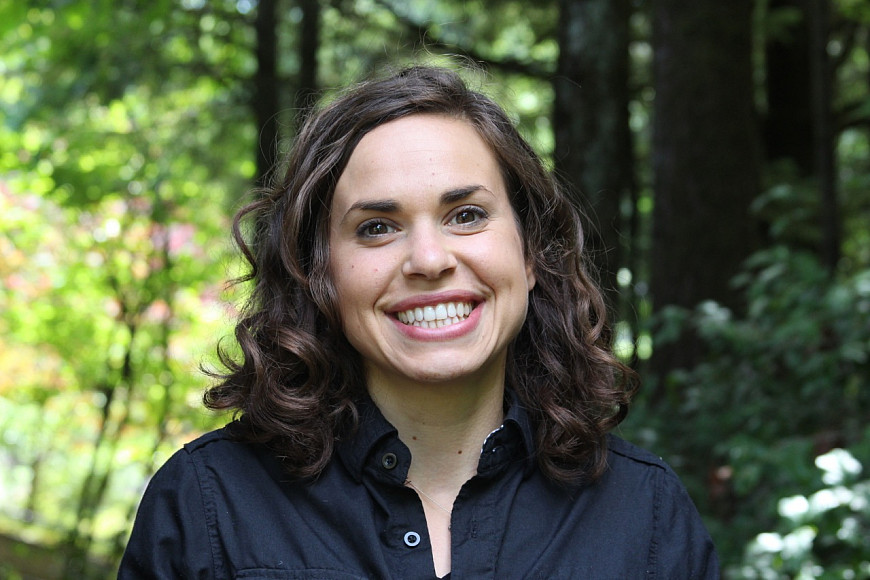Part 6: Community Solar Mise-en-Place

Around the nation, independent local groups are beginning to develop community solar projects. Last week, I discussed how exemptions to burdensome securities laws could help facilitate that process. But even with securities exemptions in place, community solar projects can be difficult to organize, design, and finance. Despite these difficulties, some community groups have come together to develop successful community solar projects in various states. Successful projects have several common ingredients that must be put in place (much like the French culinary practice mise-en-place) before they begin production. This post explores those ingredients and offers some suggestions for how community groups, policymakers, and solar advocates can facilitate community-led solar project development.
Ingredient 1: Consult Available Guides and Tools
Community members interested in developing their own projects should consult publicly available resources and familiarize themselves with existing successful projects. In 2012, The National Renewable Energy Laboratory (NREL), along with the Bonneville Environmental Foundation and Northwest SEED, published an updated version of their community solar guide. The guide provides an accessible introduction to community solar models, touches upon some hurdlesto developing them, and outlines the general process for developing a community solar project. Other resources, including regional, international, and state-specific guides similarly provide direction and can help identify likely obstacles.
Ingredient 2: Organize and Engage Community Members
Community advocates should begin by assessing community (and utility) interest in a particular project. Limited community interest should not necessarily counsel against a particular project, but should instead reveal the need for more outreach and education about the project’s social, environmental, and financial benefits. Educational efforts might include holding meetings and community outreach. Electing project leaders and recruiting volunteers with legal or business expertise can diminish project complexity. One group in Maryland, for example, secured pro bono securities and tax assistance from a law firm and a law school clinic. Community members helped one District of Columbia Cooperative raise funds and build a website, and local children even helped with door-to-door sales outreach. Northwest Seed’s guide provides a useful chart identifying community organizations (e.g., schools, homeowner associations, etc.) and community members who could help overcome some technical and financial hurdles. Effective communityengagement and information sharing could appreciably reduce the costs of developing a community-initiated solar project.
Ingredient 3: Conduct Feasibility Analysis and Begin Project Development
The feasibility analysis and site assessment process includes identifying where the best solar resources are located, assessing which solar modules and setup works best for that site, and ensuring the project’s financial viability. There are a number of modeling tools available to facilitate this process, and as technology continues to improve, these assessments should become easier.
The project development phase is time-consuming and complex. The Maryland group spent almost two years working through this process. It includes navigating applicable regulations and permit requirements (such as electrical permits, building permits, and potentially even permits to maintain solar access), establishing a business or ownership structure, developing a financing plan, negotiating power arrangements and interconnection agreements, and obtaining bids from installers. Each of these components requires either professional or local government assessment, and is therefore likely to be costly, lengthy or both.
Here, too, information sharing and identifying best practices could help to reduce financial burdens. Recognizing that the hurdles to developing a community solar project stem from the project development process, some groups attempt to make projects replicable by sharing information to help ease burdens for future efforts. But because many of these projects remain site- and project-specific—and therefore require individual negotiations, financial disclosures, and permits—information dissemination can only go so far. Changes at the policy level could drive down non-hardware costs and streamline the permitting process. (See my colleague Nick Lawton’s report on decreasing these so-called “soft costs.”) Technological changes and increased familiarity with these projects will also ease their development.
Even though utility-led community solar projects can be easier to develop, finance, and design, community-initiated projects are cropping up in several states. Community-led projects are attractive because they engage members in renewable energy production while providing local economic benefit. Successful projects take the time to consult available resources, engage community members, and create viable business plans. Developers can facilitate this process by sharing information and best practices. Solar advocates can galvanize community members around these projects. Finally, policymakers can play an important role by helping to decrease soft costs and eliminating administrative burdens. With the right combination and preparation of ingredients, community-initiated solar projects can play an important role in promoting widespread renewable energy adoption.
More Green Energy Institute Stories

GEI Highlights the Best of 2024

Funding Building Decarbonization: Policy Options for Local Governments in Oregon
Green Energy is located in Wood Hall on the Law Campus.
email gei@lclark.edu
Director
Carra Sahler
Green Energy
Lewis & Clark Law School
10101 S. Terwilliger Boulevard MSC
Portland OR 97219